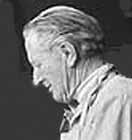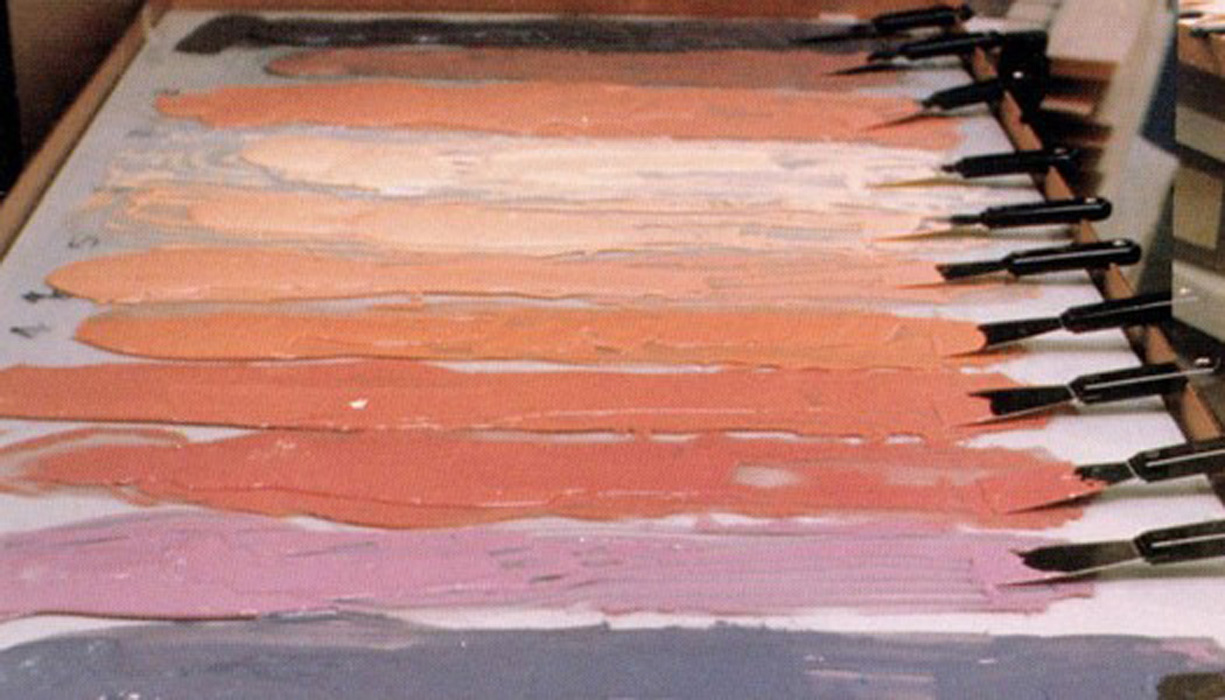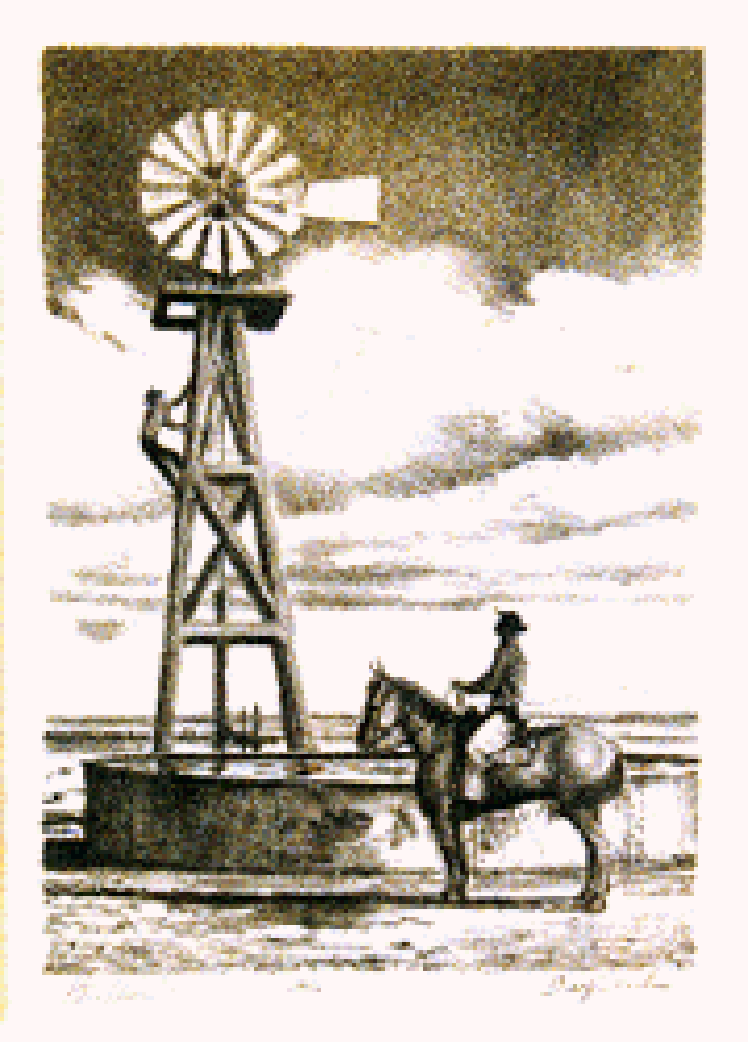 |
1904 - 1984
Peter Hurd was an American artist, born Harold Hurd, Jr., in Roswell, New Mexico. Nicknamed "Pete" by his parents, he later legally changed his name to Peter.
Hurd enrolled at New Mexico Military Institute in 1918 as a high school freshman where he began a lifelong friendship with writer Paul Horgan. Intending to pursue a military career, in 1921 Hurd entered the United States Military Academy at West Point, New York. After two years, however, he resigned from the Academy to enroll at Haverford College in Pennsylvania.
Hurd soon began studying under the illustrator N.C. Wyeth and worked as Wyeth's assistant at Chadds Ford, Pennsylvania, for a number of years. In 1929, he married Wyeth's daughter,Henriette, an artist who later became known for her portraits and still life paintings. Hurd was a war correspondent for Life Magazine during World War II.
Hurd painted about one fresco per week over a two-year period, with depictions of pioneers and influential leaders of West Texas.
In 1957, he collaborated with Folkways Records and released his album, Spanish Folk Songs of New Mexico, a collection of ranching songs. By 1958, his recognition had spread, and he was appointed to the President’s Commission of Fine Arts.In 1967, he painted what would have been Lyndon B. Johnson's official portrait. President Johnson only allowed Hurd one sitting, during which time Johnson fell asleep. Hurd hence had to use photographs of Johnson to finish the painting. Johnson did not like his portrait, declaring it "the ugliest thing I ever saw." The painting is now part of the collection of the National Portrait Gallery, in the Smithsonian Institute.
Hurd died in 1984 in Roswell.
|
.jpg)



